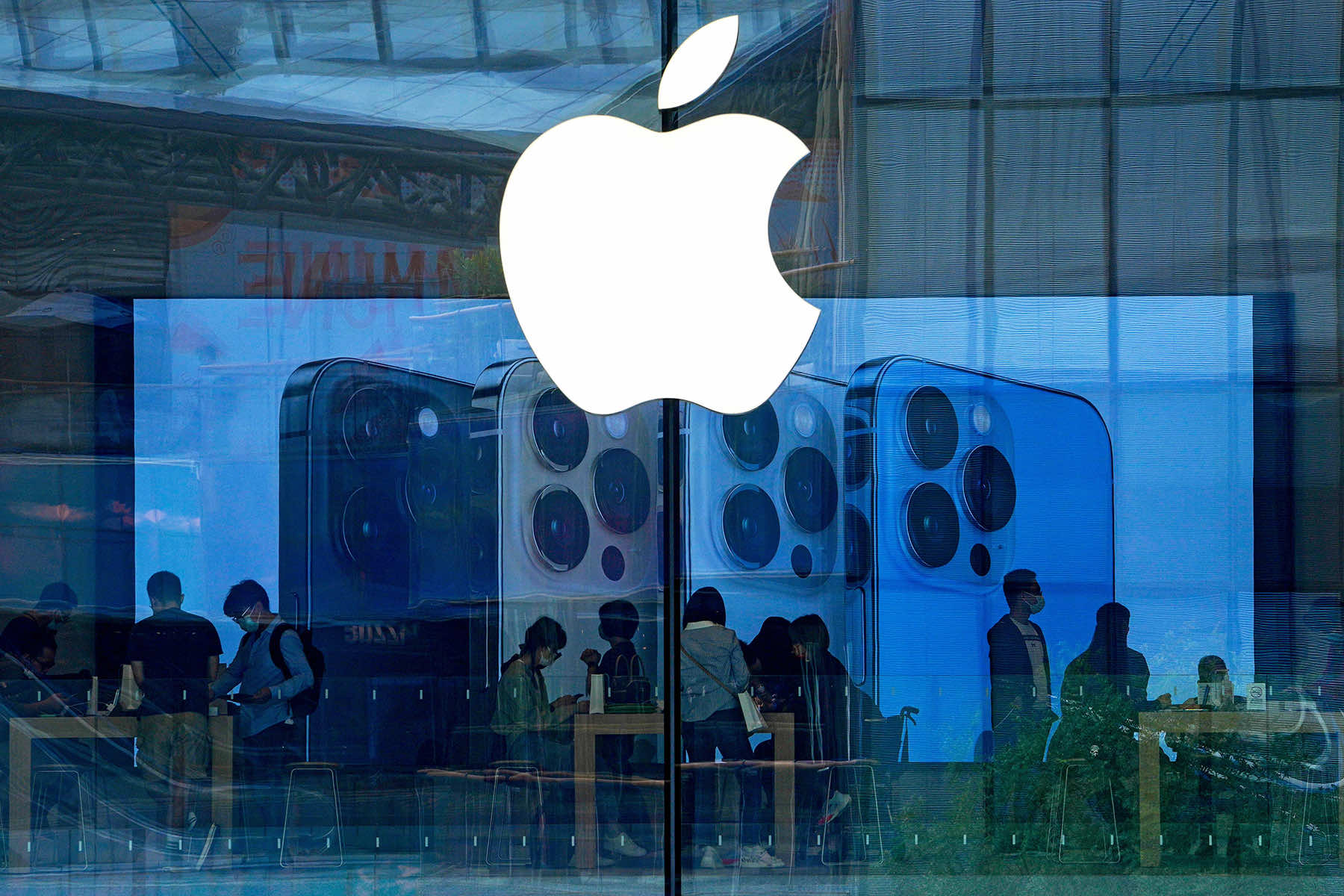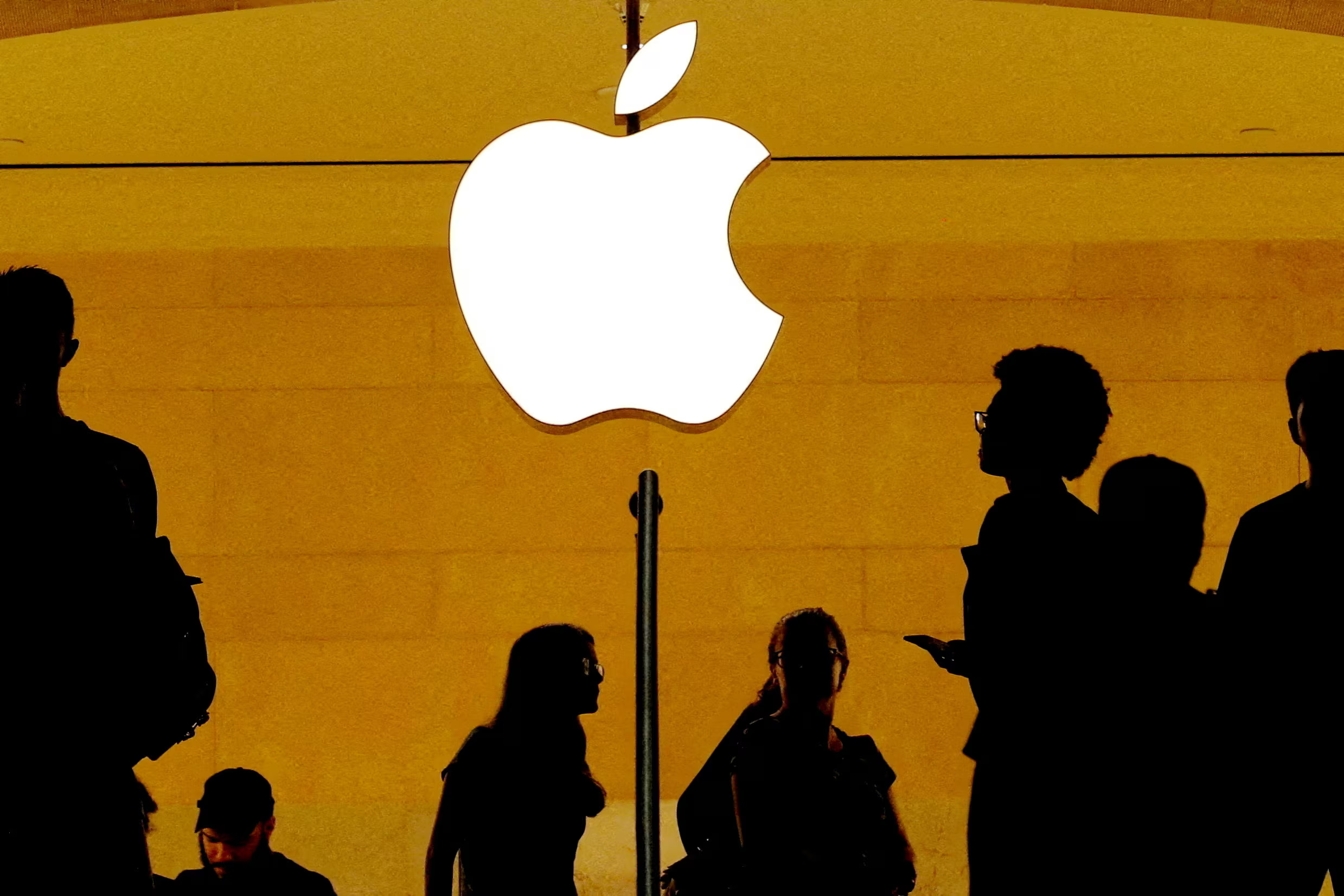Apple, one of the world’s most valuable companies, faces a major challenge due to newly proposed U.S. tariffs that threaten its global supply chain and pricing structure. While speculation swirls around rising prices, Apple’s strategy in dealing with tariffs is multifaceted. The company’s high-profile products and complex manufacturing ecosystem are now under the microscope as it navigates political and economic pressures.
One potential response is for Apple to maintain current product prices and absorb the additional tariff costs, allowing its profit margins to shrink. However, this is highly unlikely, given Apple’s near-religious commitment to preserving its high margins. While it could be a short-term tactic, Apple’s long-term business philosophy resists any suggestion that would jeopardize profitability.
Apple Adjusts Global Production And Pricing Models To Manage Rising Tariffs And Costs
Apple has already begun diversifying its manufacturing beyond China, with production moving to India, Brazil, and Southeast Asia. By leveraging differences in international tariff rates, Apple could redirect product shipments to optimize costs. For example, more iPhones might be exported to the U.S. from India rather than China. However, expanding manufacturing capabilities in new regions takes time and won’t yield immediate relief.

Though Apple prefers price stability, it may have no choice but to raise prices gradually. Rather than retroactively adjusting prices of current products, Apple is more likely to introduce upcoming products at slightly higher price points. Historically, Apple has hidden price hikes by eliminating older base models or offering upgraded “base” configurations with built-in margin boosts.
Balancing inflation pressures with political influence and global risk to secure Apple’s future
Despite its reluctance, Apple faces increased pressure due to inflation. Even though the sticker prices haven’t changed dramatically, the real cost of Apple products has decreased over time when adjusted for inflation. A 10–20% increase across product lines could help Apple recover both inflation losses and tariff expenses, but whether consumers will accept it remains uncertain.
Beyond pricing and production, Apple’s most critical play may lie in lobbying and political influence. CEO Tim Cook has a history of negotiating with U.S. administrations to secure favorable trade conditions. Cook is expected to continue engaging behind the scenes to advocate for Apple, using both economic impact arguments and strategic domestic investments to soften regulatory actions.
In the longer term, Apple must rethink its dependency on China. If geopolitical risks escalate—especially with Taiwan being home to Apple’s key chip supplier—Apple’s current supply model could collapse. Cook’s legacy may ultimately hinge on how successfully he transitions Apple to a more resilient, diversified supply chain that can weather political storms.
Apple’s ability to navigate tariffs will require a blend of short-term tactics and long-term transformation. Whether through subtle pricing strategies, expanded global production, or savvy political maneuvering, the company must evolve. While unpredictable, the outcome of this challenge could define the next chapter of Apple’s dominance in the tech industry.


